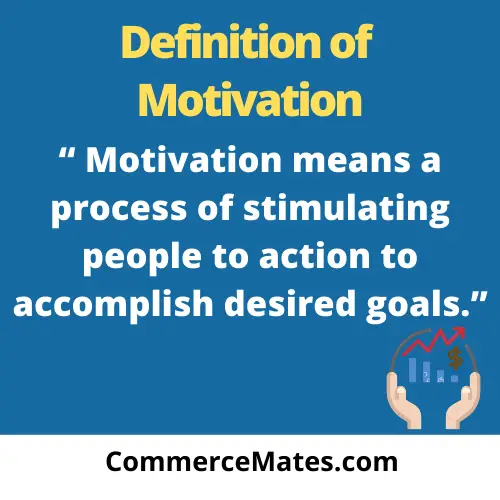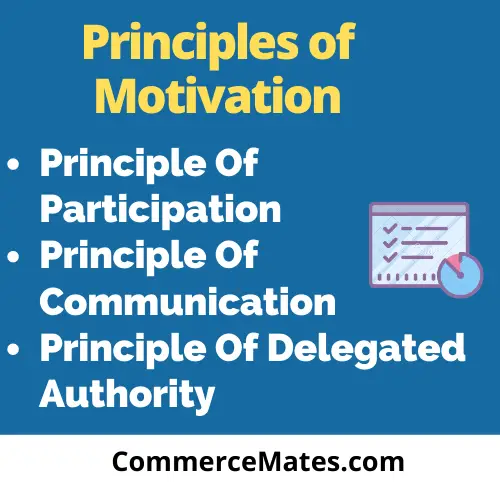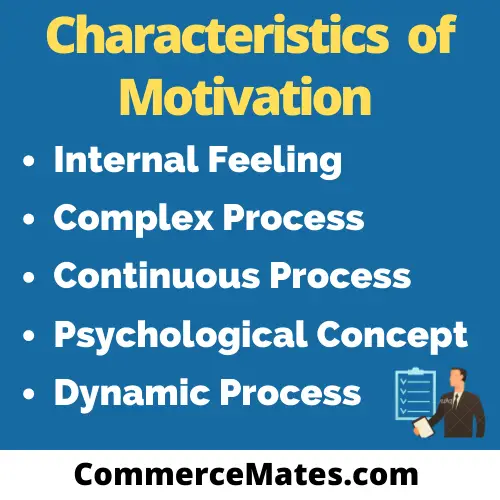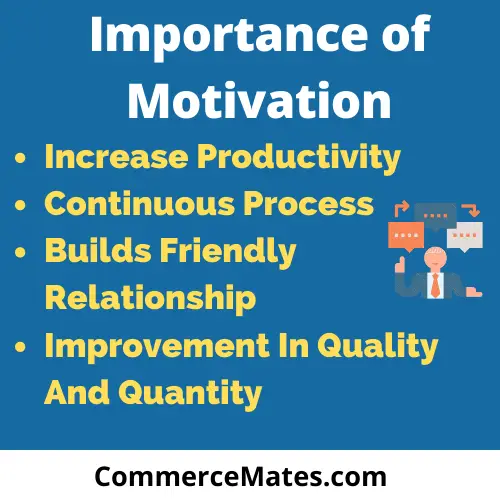Management can do its job effectively only through motivating people to work for the accomplishment of organisational objectives . But according to authors like McGregor , Maslow , Herzberg and Vroom, it is difficult to understand motivation without considering what people want and expect from their work. The theories of motivation which explain human behaviour in terms of human needs are known as ‘ content theories ‘.
Contents
Motivation Theory of Management
Maslow’s Hierarchy of Needs Theory
This theory was proposed by Abraham Maslow and is based on the assumption that people are motivated by a series of five universal needs. These needs are ranked, according to the order in which they influence human behaviour, in hierarchical fashion.
- Physiological Needs are deemed to be the lowest-level needs. These needs include needs such as food and water.
- Safety Needs – the needs for shelter and security become the motivators of human behavior.
- Social Needs include the need for belongingness and love.
- After social needs have been satisfied, ego and esteem needs become the motivating needs.
- The highest need in Maslow’s hierarchy is that of self-actualization; the need for self- realization, continuous self-development, and the process of becoming all that a person is capable of becoming.
ERG Theory of Motivation
Alderfer’s theory us called the ERG theory – Existence, Relatedness, and Growth. Clatyon Alderfer reworked Maslow’s Hierarchy to align it more closely with empirical research.
- Existence refers to our concern with basic material existence requirements: what Maslow called physiological and safety needs.
- Relatedness refers to the desire we have for maintaining interpersonal relationships: similar to Maslow’s social/love need, and the external component to his esteem need.
- Growth refers to an intrinsic desire for personal development; the intrinsic component of Maslow’s esteem need, and self-actualization.
ERG theory argues, like Maslow, that satisfied lower-order needs lead to the desire to satisfy higher-order needs; but multiple needs can be operting as motivators at the same time, and frustration in attempting to satisfy a higher-level need can result in regression to a lower-level need.
McClelland’s Theory of Needs
According to David McClelland, regardless of culture or gender, people are driven by three motives :
- Achievement
- Affiliation
- Influence
- Achievement : The need for achievement is characterized by the wish to take responsibility for finding solutions to problems, master complex tasks, set goal, get feedback on level of success.
- Affiliation : The need for affiliation is characterized by a desire to being, an enjoyment of teamwork, a concern about interpersonal relationships, and a need to reduce uncertainty.
- Power : The need for power is characterized by a drive to control and influence others, a need to win arguments, a need to persuade and prevail. According to McClelland, the presence of these motives or drives in an individual indicates a predisposition to behave in certain ways.
McGregor Theory X and Y
Douglas McGregor observed two diametrically opposing view points of managers about their employees, one is negative called “Theory of X” and one is positive called “Theory of Y”
Theory of X : Following are the assumptions of managers who believe in the “Theory of X” in regard to their employees:
- Employees dislike work: if possible avoid the same.
- Employees must be coerced, controlled or threatened to do the work.
- Employees avoid responsibilities and seek formal direction.
- Most employees consider security of job, most important of all other factors in the job and have very little ambition.
Theory of Y : Following are the assumptions of managers who believe in the “Theory of y” in regard to their employees:
- Employees love work as play or rest.
- Employees are self-directed and self-controlled and committed to the organizational objectives.
- Employees accept and seek responsibilities. Innovative spirit is not confined to managers alone, some employees also possess it.





